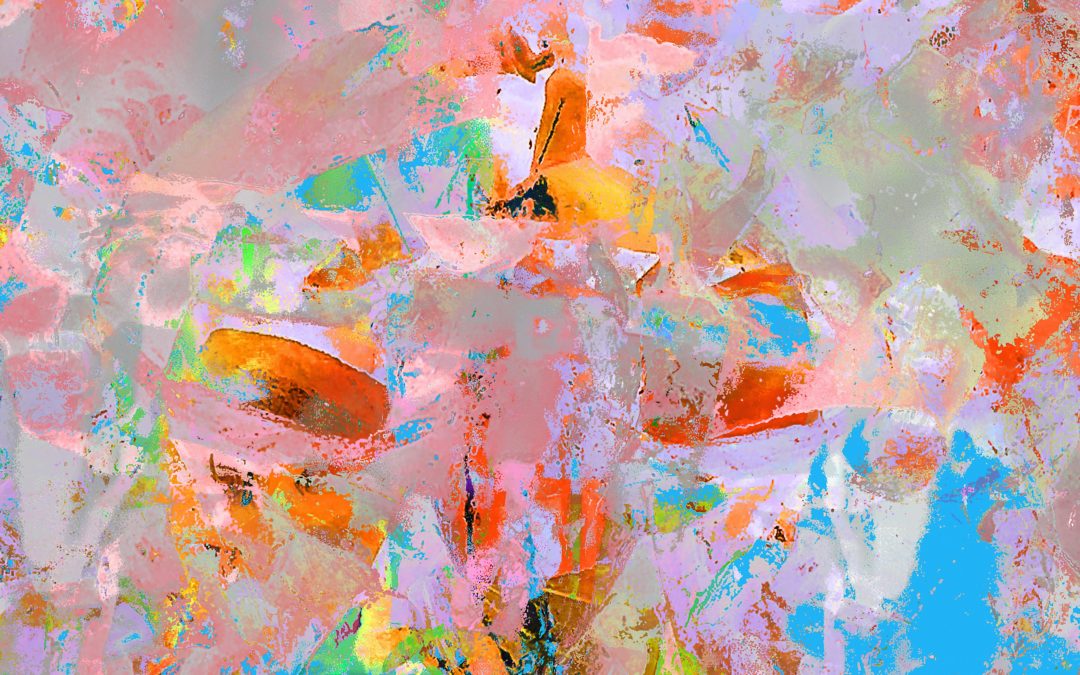Crypto art: the art of the new millennium
Intuitively, we think of digital art as an artistic practice that creates artworks with digital technology, above all through the use of computers and softwares (but also video and photography, considered as files).
By undertaking this creative path, it is therefore possible to understand better what crypto art is: it is actually a form of digital art, which is visually expressed in static or animated images, but which stands out and is characterized by a inseparable link with the blockchain.
But if digital art has existed since the 1960s, over the years it has never been subject to a wide market precisely because of its digital format, which opens it up to its infinite reproducibility, which is obviously not compatible with uniqueness, that characterizes an artwork as such.
Instead crypto art is by definition limited edition (as a single or in a number of multiples defined by the artist himself). The original becomes distinguishable and therefore acquires an exchange value on the market ensured by the cryptographic registration on the blockchain through a token: it is not just any token, but a non-fungible token – NFT – which guarantees its origin, ownership and authenticity.
But from here the question spontaneously arises as to how a market system that allows the circulation of these works actually takes shape: the answer is given by a series of platforms (such as SuperRare, KnownOrigin, Async, Rarible) which on the one hand allow the artist to put the tokenization process into practice, and on the other hand they are configured as digital galleries in which the potential collector can browse the catalog of artworks and proceed with the purchase.
The sale tends to take place through an auction with subsequent bids, which it is up to the artist to refuse or accept. When this happens, another transaction takes place through which the work will be transferred to the buyer’s wallet and the sum (generally in cryptocurrency) to the artist’s wallet.
From this moment on, the original artwork with a guarantee in blockchain will change owner but will still remain visible on the platform. This will allow other collectors to be able to make other offers, and in the case of subsequent sales the artist is guaranteed to receive a royalty (on SuperRare, for example, it is equivalent to 10% of the transaction).
Through these mechanisms, crypto artworks are therefore able to obtain the dignity and status of physical works, adapting to the language of its time: it becomes a new digital expression with an immediate market for a new generation of particularly far-sighted collectors.

